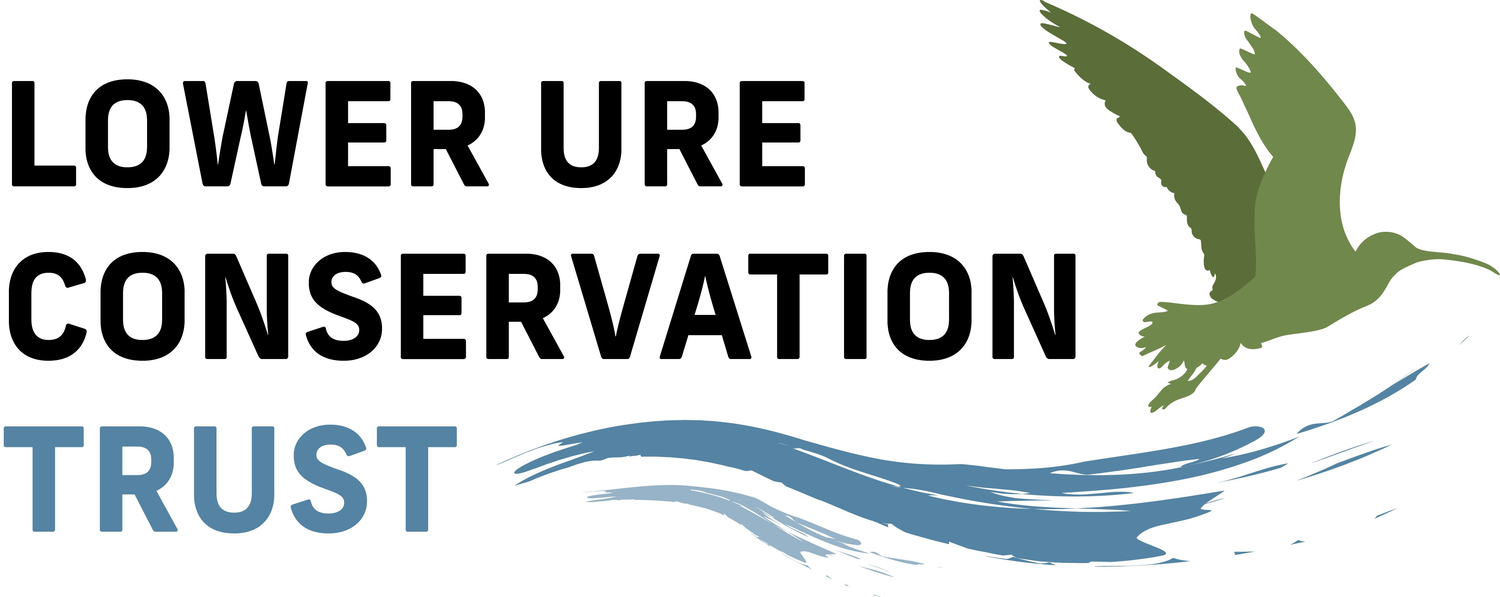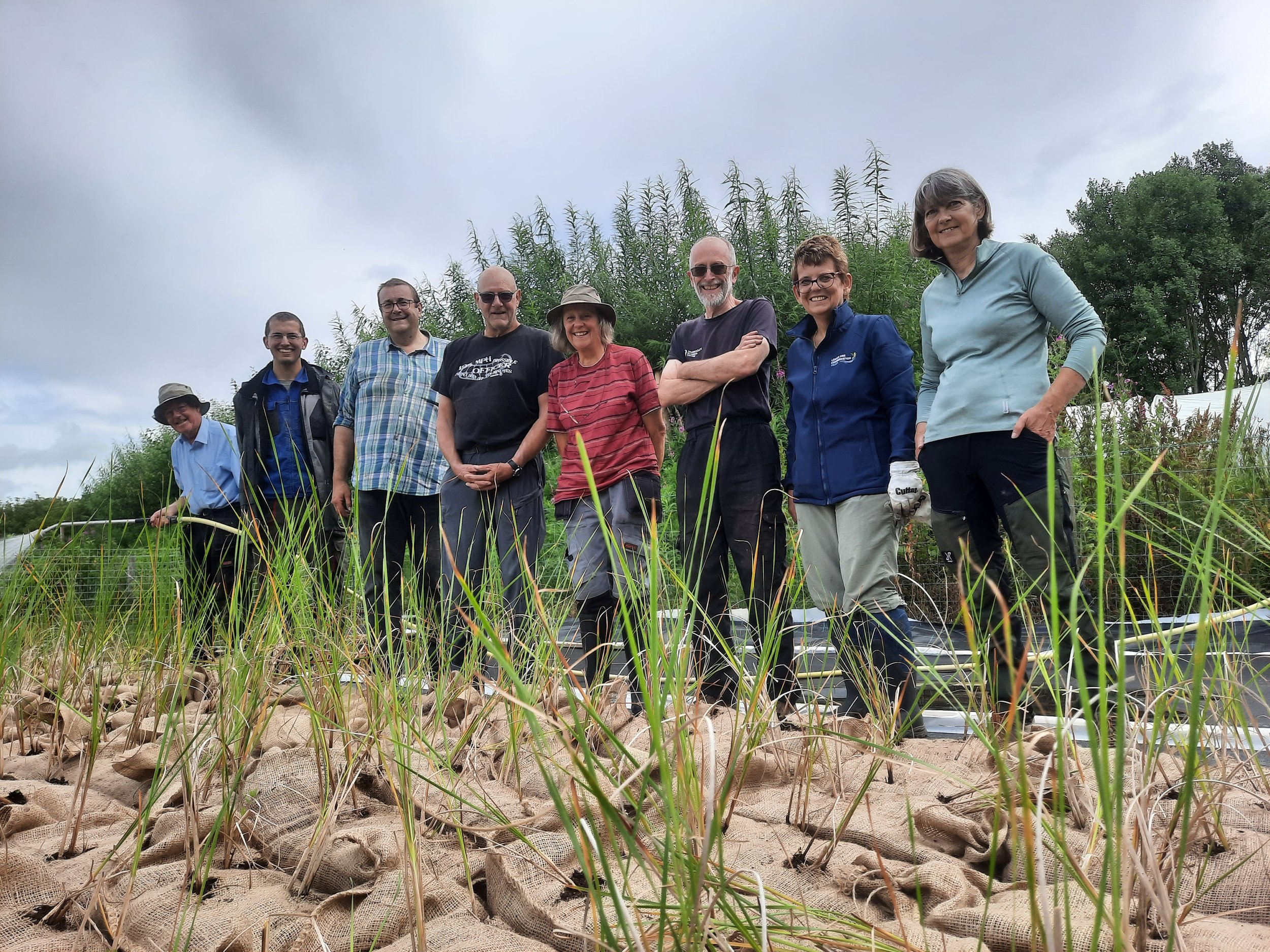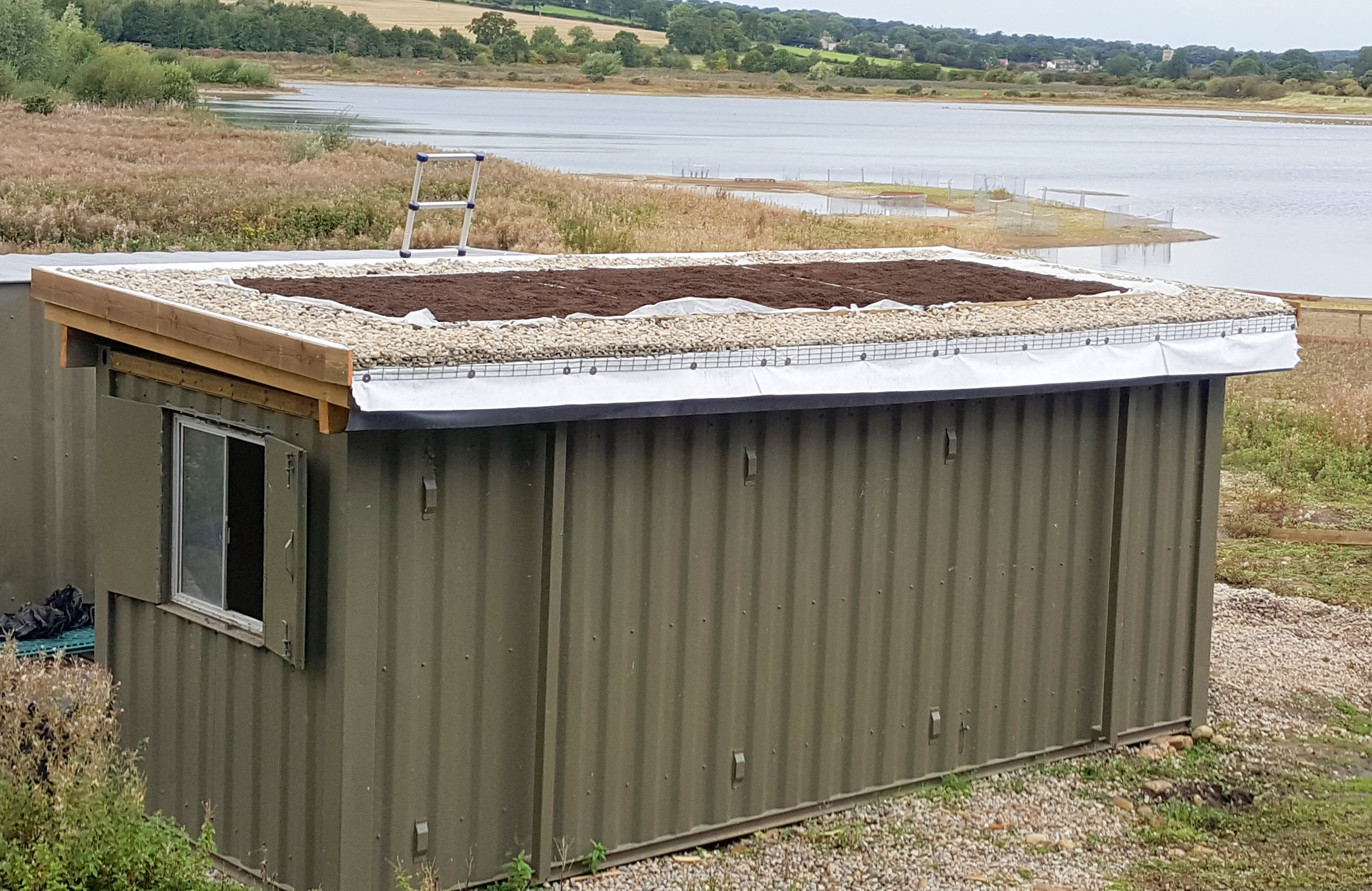Trustees Simon and Richard cutting the birthday cake
Over thirty enthusiasts of all things Nosterfield Nature Reserve met up on Tuesday Jan 30th for a half day conference cum workshop on our future, fitting as the charity enters its 21st year. And what a stimulating event at the White Bear conference suite in Masham it turned out to be.
We kicked off with four short presentations.
Matt Millington, the Development Officer for the North Yorkshire and York Local Nature Partnerships, outlined Nosterfield’s place in a much larger environmental picture and the need for a big landscape vision for something that is not just about birds, beats and bugs but about the benefits that such landscapes can have on people and on their mental and physical health.
Martin Hammond putting forth his argument!
Martin Hammond is an old (I mean that in the nicest sense) friend of Nosterfield and his presentation painted in one sense a bleak picture of how much fen and wet grassland habitat we have lost in North Yorkshire since the Enclosure Acts of the early to mid 18th century and the drainage of so much land for agricultural improvement. Something in excess of 90 per cent. But the North Yorkshire County Council ecologist also pointed out the opportunities available to re-invent some of these landscapes by a better understanding of our shared history.
Simon W gave the audience a potted history of Nosterfield NR, 21 years old this year and how much has been achieved in that time. National awards for the priceless wet grassland, notable breeding successes and newly-found rare plants together with more than 600 species of living object found in the bio-blitz operation we held last summer. And all from a former sand and gravel quarry. It is amazing how nature repairs itself and develops.
Finally Joe Priestley talked about our bid for National Heritage Lottery money for the next phase of our development.. the Well Wetlands.
We then broke up into three groups – Avocet, Bittern and Crane – for those present to offer up their views of where LUCT should be going in the future.....Two questions were posed – What should we be doing for people and communities? and What should we be doing to benefit nature and the natural landscape.
The scuffle when voting for suggested changes to Nosterfield - a lively and engaged audience!
The afternoon then ended with each of us giving our vote using a series of stars for those ideas put forward which most appealed to us.
On the people and communities side side there was a great deal of support for us to provide more hides so that visitors can spend time watching the natural environment in greater comfort. The need for more volunteers to carry out the myriad tasks that are required to keep the reserve at its best. The thirdmost popular idea was to integrate the reserve, the quarry and the Thornborough Henges into one visitor experience, with inter-related footpaths and bespoke signage - an idea capturing one of the core aims of the LNP.
The most popular development for the natural landscape was without question to make the reed bed bigger. That would be very expensive but you never know and where would LUCT be without people thinking big and then making those big ideas a reality? What we can and are doing immediately is extending the area of phragmites. An osprey nest platform was a popular idea and there appears to be a demand for an annual LUCT report – a yearly digest of what has been achieved and priorities for the next 12 months.
A great and inspiring afternoon and for those who attended and provided their thoughts for the future direction of our charity one piece of advice. Keep nagging the Trustees to ensure that many of these ideas are put into practice!














